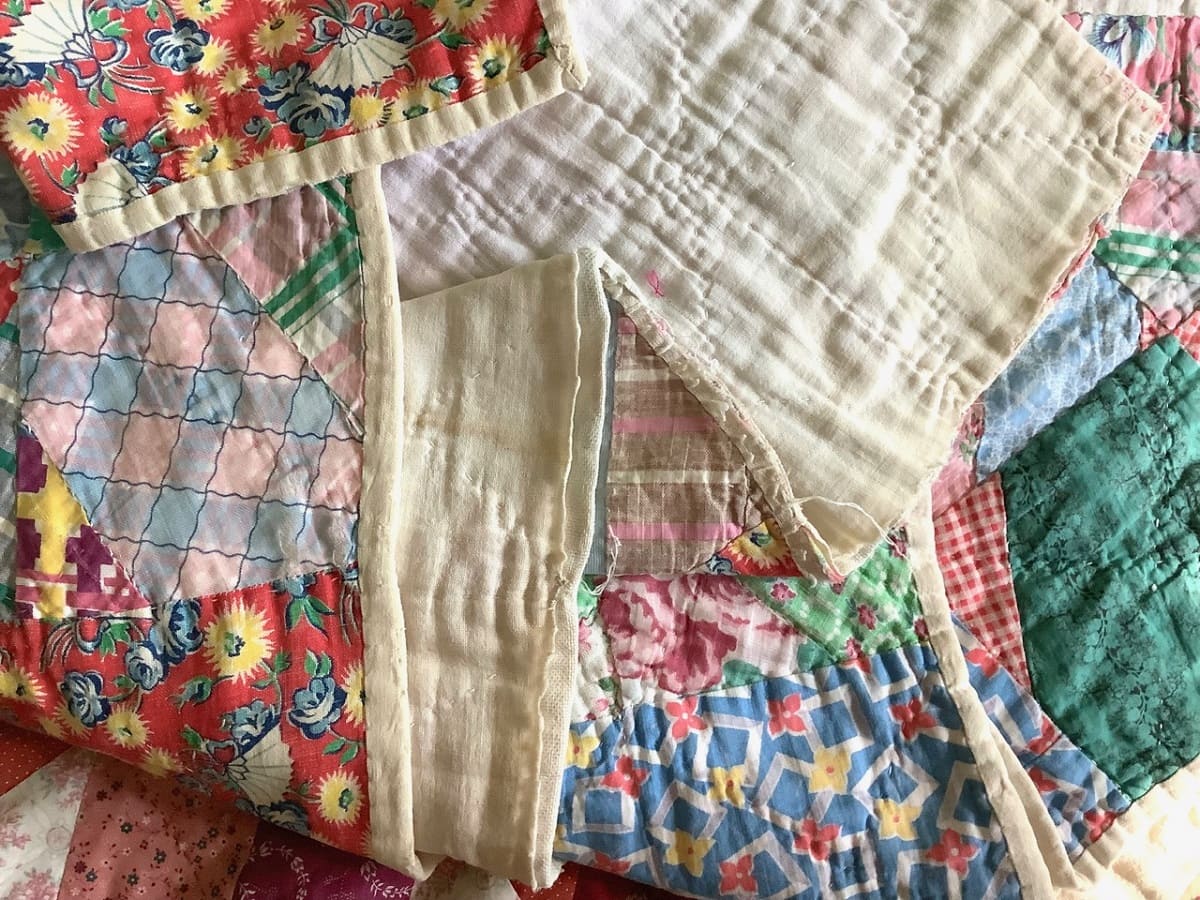

Articles
What To Do With An Old Quilt
Modified: August 16, 2024
Discover creative ways to repurpose and preserve old quilts with our informative articles. Explore unique ideas for upcycling and showcasing these cherished pieces.
(Many of the links in this article redirect to a specific reviewed product. Your purchase of these products through affiliate links helps to generate commission for Storables.com, at no extra cost. Learn more)
Introduction
Quilts hold a special place in our hearts. They not only provide warmth and comfort but are often imbued with sentimental value, passed down through generations as heirlooms. However, there may come a time when an old quilt has seen better days and is in need of some attention. But what should you do with an old quilt that has lost its original luster?
In this article, we will explore various options for dealing with an old quilt. Whether it’s assessing the condition, cleaning and restoring, repurposing, or finding new homes for these cherished textiles, we will guide you through the process. Let’s dive in!
Key Takeaways:
- Assess the condition of your old quilt to determine if it’s suitable for restoration, repurposing, or finding a new home. Look for signs of wear, structural integrity, and fabric damage to make an informed decision.
- Whether it’s cleaning, restoring, repurposing, or donating/selling, honor the sentimental and historical value of your old quilt. Each quilt carries a unique story, and your decision should reflect its legacy.
Read more: How To Store Old Quilts
Assessing the Condition of the Quilt
Before you decide what to do with your old quilt, it’s important to assess its condition. Carefully examining the quilt will help determine the extent of any damage and guide you in making the right choice for its future.
Start by looking for signs of wear and tear. Check for frayed edges, loose or missing stitching, and holes in the fabric. Pay attention to any stains, discoloration, or fading that may have occurred over time. Take note of any patches or repairs that have been made in the past.
Next, consider the structural integrity of the quilt. Gently tug on the corners to see if the seams hold or if there is any give in the fabric. Check if the batting inside the quilt is still intact or if it has shifted, causing unevenness in the quilt’s surface.
Take a closer look at the fabric itself. Are there any signs of pest damage, such as holes from moths or other insects? Inspect the fibers for signs of weakening, such as thinning or breaking threads.
By assessing the condition of the quilt, you’ll have a better understanding of its overall state and whether it’s worth investing in restoration or repurposing. If the quilt is heavily damaged or deteriorated, it may be more suitable for repurposing or displaying as a decorative piece rather than using for its original purpose.
Once you have assessed the condition of your old quilt, you can move on to considering your options for cleaning and restoring it, which we will explore next.
Cleaning and Restoration Options
Once you have assessed the condition of your old quilt, you can consider different cleaning and restoration options. The approach you choose will depend on the quilt’s material, age, fragility, and the extent of the damage.
If your quilt is relatively sturdy and only shows light soiling or discoloration, you may be able to clean it yourself. Start by vacuuming both sides of the quilt using a low-suction vacuum cleaner with a brush attachment. Be gentle to avoid pulling on the fabric or damaging any fragile elements.
If the quilt requires more extensive cleaning, consider hand washing it. Fill a bathtub or large basin with lukewarm water and a mild detergent specifically formulated for delicate fabrics. Gently submerge the quilt in the water, agitating it slightly to loosen dirt. Avoid wringing or twisting the quilt, as this can distort the shape or weaken the fabric. Rinse the quilt thoroughly and lay it flat to air dry, away from direct sunlight or heat sources.
For valuable or antique quilts, it’s recommended to consult with a professional textile conservator. They have the expertise and knowledge to handle delicate fabrics and employ specialized cleaning techniques that preserve and protect the quilt’s integrity. Professional restoration services can also help repair any damage, such as torn seams, missing patches, or weakened fibers.
Additionally, there are other non-invasive restoration techniques that can enhance the quilt’s appearance without altering its original design or structure. These include techniques such as surface cleaning, stain removal, and gentle spot treatments.
When considering restoration, it’s important to weigh the cost and potential risks involved. Restoration services can be expensive, so it’s essential to assess the sentimental or monetary value of the quilt before deciding to proceed. If the quilt holds significant historical or sentimental value, restoration may be worth the investment.
Next, let’s explore some creative ideas for repurposing your old quilt, giving it new life and purpose.
Repurposing Ideas
When an old quilt becomes too damaged or fragile to be used as a traditional bed covering, there are numerous creative ways to repurpose it and give it a new lease on life.
One popular option is to transform the quilt into decorative throw pillows. Cut the quilt into squares or rectangles, sew the edges together, leaving an opening to insert a pillow form, and then sew it closed. This way, you can showcase different sections of the quilt’s design while adding a touch of vintage charm to your living space.
Another idea is to use the quilt as a wall hanging or artwork. Stretch it over a wooden frame or attach it to a quilt rack, and hang it in a prominent place in your home. This allows you to appreciate the quilt’s intricate patterns and colors without subjecting it to further wear and tear.
If you’re feeling especially crafty, consider repurposing the quilt into smaller items such as tote bags, table runners, or even patchwork coasters. These small projects allow you to utilize different sections of the quilt and incorporate them into everyday items that can be enjoyed and used regularly.
If you have a knack for sewing, you can salvage undamaged portions of the quilt by cutting them into patches and using them to repair or embellish other textiles. For example, you could sew quilt patches onto denim jeans or a plain jacket to create a unique and personalized piece of clothing.
Moreover, consider donating the old quilt to a local museum or historical society. They often accept quilt donations to preserve and display as part of their collections. This way, the quilt can become a valuable artifact, showcasing the craftsmanship and history behind it.
While repurposing an old quilt provides an opportunity for creative expression, it’s important to be mindful of the quilt’s sentimental value and significance. Make sure to consider any family connections or storytelling elements associated with the quilt before repurposing it.
Now that we’ve explored repurposing ideas, let’s discuss the option of donating or selling your old quilt to find it a new home.
Store old quilts in a cool, dry place away from direct sunlight to prevent fading and deterioration. Consider using acid-free tissue paper to protect the fabric and prevent creasing.
Donating or Selling the Quilt
If you have decided that your old quilt no longer fits into your lifestyle or home, you may consider donating or selling it to someone who will appreciate and cherish it. Here are some options to consider:
Donate to a Museum or Historical Society: Many museums and historical societies actively seek out quilts for their collections. These institutions value the historical and cultural significance of quilts and use them as educational tools. Contact local museums or historical societies to inquire if they accept quilt donations and if your quilt aligns with their collection criteria.
Donate to a Quilt Guild or Charity: Quilt guilds and charitable organizations often accept quilt donations to support their causes. These organizations may auction off the quilts to raise funds for community projects or use them for charitable purposes, like providing warmth and comfort to those in need. Research local guilds or charities that focus on quilting or textile arts to find a suitable recipient for your quilt.
Sell Online: If your quilt holds value as a collectible or antique, consider selling it online through platforms such as eBay, Etsy, or dedicated quilt-selling websites. Provide thorough descriptions, including details about the quilt’s material, age, and any notable characteristics. Include clear and attractive photos to attract potential buyers interested in preserving or adding to their quilt collections.
Local Quilt Shops or Shows: Connect with local quilt shops or attend quilt shows in your area. Quilt shop owners and enthusiasts may be interested in purchasing or consigning your vintage quilt. These venues provide an opportunity to showcase and sell your quilt to a targeted audience who appreciate the artistry and craftsmanship behind these textiles.
Before donating or selling your old quilt, it’s essential to set a fair price or ensure that its historical or sentimental value aligns with the intended recipient’s mission. If you choose to sell the quilt, consider obtaining an appraisal from a certified appraiser specializing in quilts to establish its market value.
No matter if you decide to donate or sell your quilt, ensure that you provide proper care instructions and information about its history. This will help preserve the quilt’s story and ensure its longevity in its new home.
Once you have explored the options of donating or selling your old quilt, it’s important to know how to store it properly to maintain its condition, which we will discuss next.
Read more: What To Do With An Old Shed
Storing an Old Quilt
When it comes to storing an old quilt, proper care and preservation are essential to maintain its longevity and protect it from damage. Here are some tips for storing your quilt:
Clean the Quilt: Before storing, ensure that the quilt is clean and free from any dirt or stains. If necessary, follow the appropriate cleaning methods discussed earlier in this article.
Avoid Plastic Bags: Avoid storing the quilt in plastic bags or containers as they can trap moisture and promote the growth of mildew or mold. Opt for breathable materials such as cotton or linen fabric bags or acid-free tissue paper to wrap the quilt.
Avoid Sunlight and Moisture: Choose a storage location away from direct sunlight and areas prone to high humidity or moisture. Sunlight can cause fading and damage the fabric over time, while damp conditions can lead to mold or mildew growth.
Keep the Quilt Flat or Rolled: To prevent stress on the quilt’s fragile fibers, avoid folding it. Instead, store the quilt flat or roll it around a tube covered with acid-free tissue paper. This will help maintain its shape and minimize the risk of creasing or damage.
Use Acid-Free Archival Supplies: When storing the quilt, use acid-free archival boxes or containers. Acidic materials can degrade fabrics over time, causing discoloration or weakening of the fibers. Acid-free supplies ensure the preservation of the quilt’s integrity.
Monitor the Storage Environment: Periodically check the storage area for any signs of pests, such as insects or rodents. Use appropriate pest control measures if necessary to protect the quilt from potential damage.
Rotate Display and Storage: If you have multiple quilts in your collection, consider rotating their display and storage. This allows each quilt to receive equal attention and exposure while preventing extended periods of storage that may lead to deterioration.
Document and Preserve its History: Record any information about the quilt’s history, including its maker, date, and any significant stories or memories associated with it. This documentation helps preserve the quilt’s personal and historical significance for future generations.
By following these storage guidelines, you can ensure that your old quilt remains in excellent condition for years to come, whether it is on display or safely stored away.
As we conclude this article, remember that each old quilt carries a unique story and legacy. Whether you choose to restore, repurpose, donate, or sell, the decision should be based on both practical considerations and the quilt’s emotional value. So take the time to evaluate your options and make the choice that best honors your old quilt’s history and future.
Conclusion
When faced with an old quilt that has seen better days, there are various options to consider. By assessing the condition, cleaning, restoring, repurposing, or finding new homes for these cherished textiles, you can give them a new lease on life while preserving their sentimental and historical value.
Start by carefully assessing the condition of the quilt, looking for signs of wear and tear, structural integrity, and fabric damage. This evaluation will guide you in determining the best course of action for your quilt.
If the quilt is still in good condition or with minor issues, you can explore cleaning and restoration options. Whether it’s a DIY approach through gentle vacuuming or hand washing, or seeking professional assistance from textile conservators, ensure that the cleaning and restoration methods align with the quilt’s material and fragility.
If the quilt is too damaged for traditional use, consider repurposing it into decorative pillows, wall hangings, or smaller textile projects. This creative approach allows you to showcase different sections of the quilt’s design while incorporating it into your daily life in a new and meaningful way.
Alternatively, you can choose to donate or sell the quilt to someone who will appreciate and cherish it. Museums, historical societies, quilt guilds, and charity organizations often welcome quilt donations or offer a market for selling vintage or collectible quilts. Ensure that you set a fair price or find a recipient whose mission aligns with the quilt’s value.
Proper storage is crucial for preserving the quilt’s condition and integrity. By avoiding plastic bags, sunlight, and damp environments, and using acid-free materials, you can ensure that the quilt remains in optimal condition for future generations to enjoy.
Ultimately, the decision of what to do with an old quilt should honor its history and sentimental value. Take the time to consider its importance and significance to you and your family before choosing the most suitable path forward.
Remember, each old quilt tells a story, and whether it’s through restoration, repurposing, or finding a new home, you have the opportunity to be a part of its ongoing legacy.
So, embrace the possibilities, be creative, and cherish the sentimental and historical value of your old quilt as you embark on the journey of giving it a new purpose and preserving its legacy for years to come.
Frequently Asked Questions about What To Do With An Old Quilt
Was this page helpful?
At Storables.com, we guarantee accurate and reliable information. Our content, validated by Expert Board Contributors, is crafted following stringent Editorial Policies. We're committed to providing you with well-researched, expert-backed insights for all your informational needs.

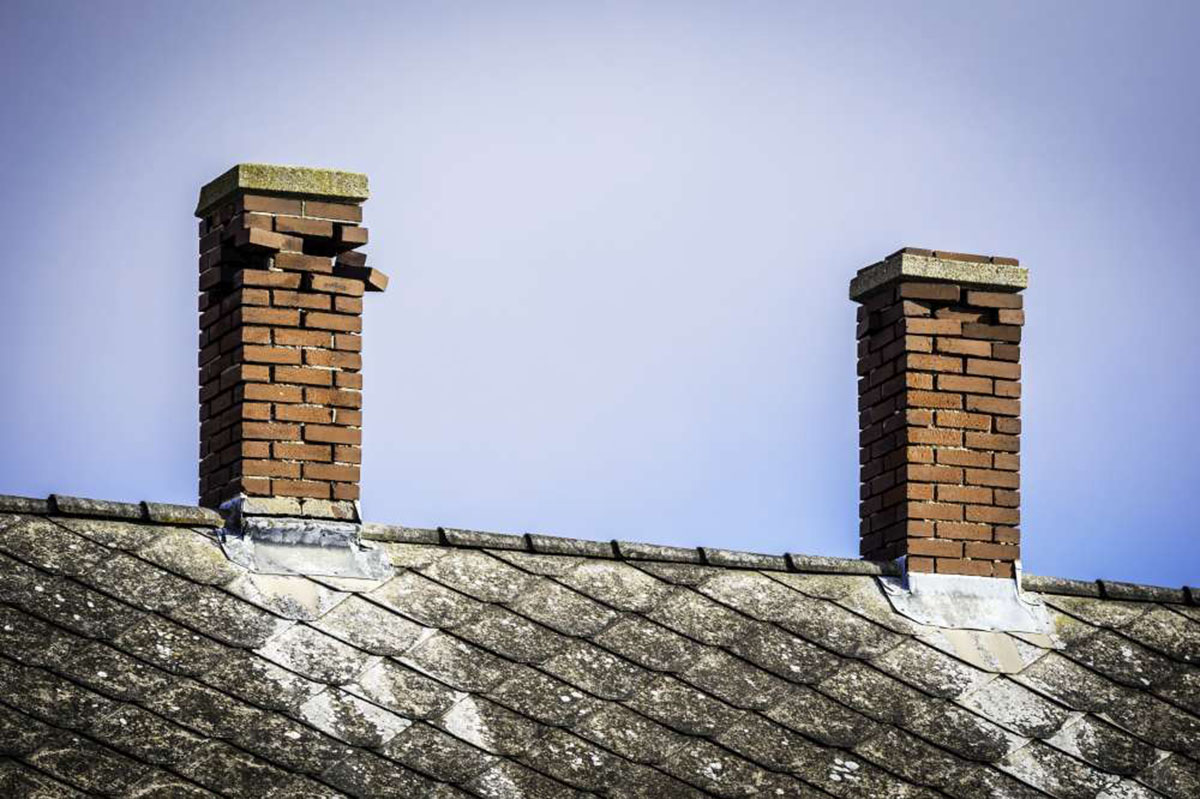

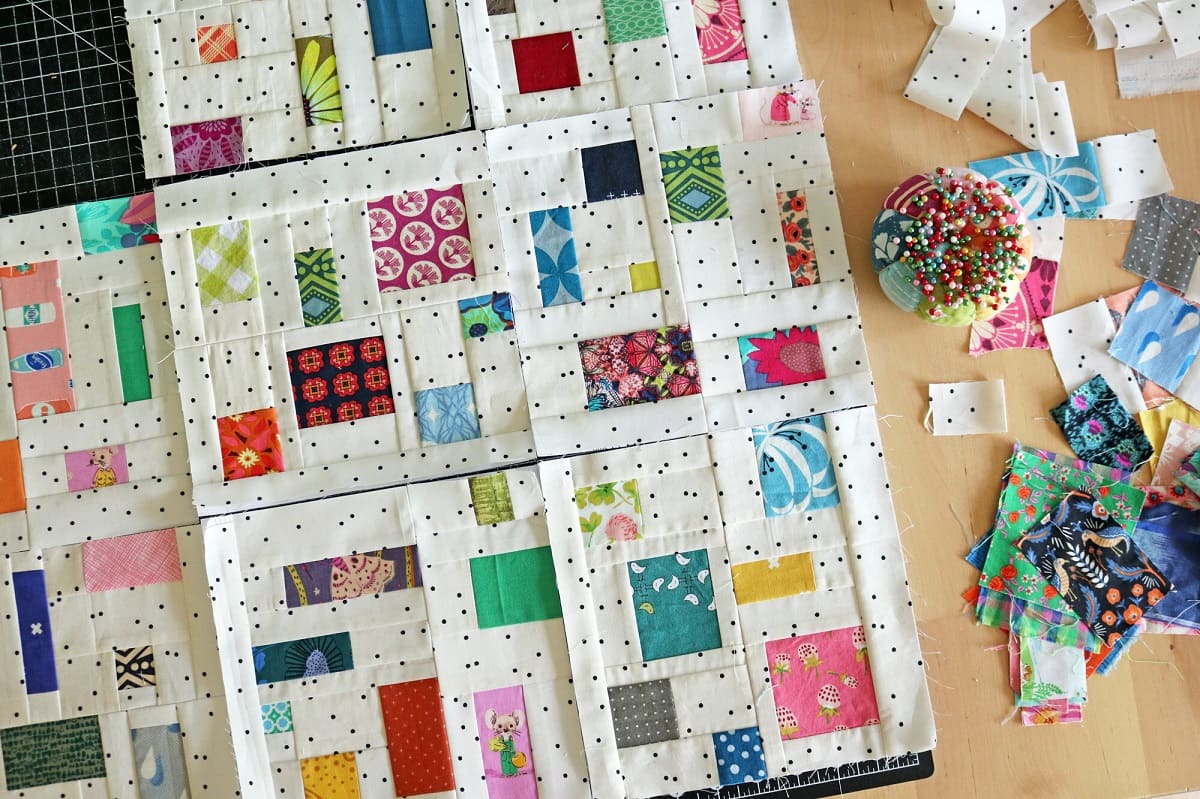
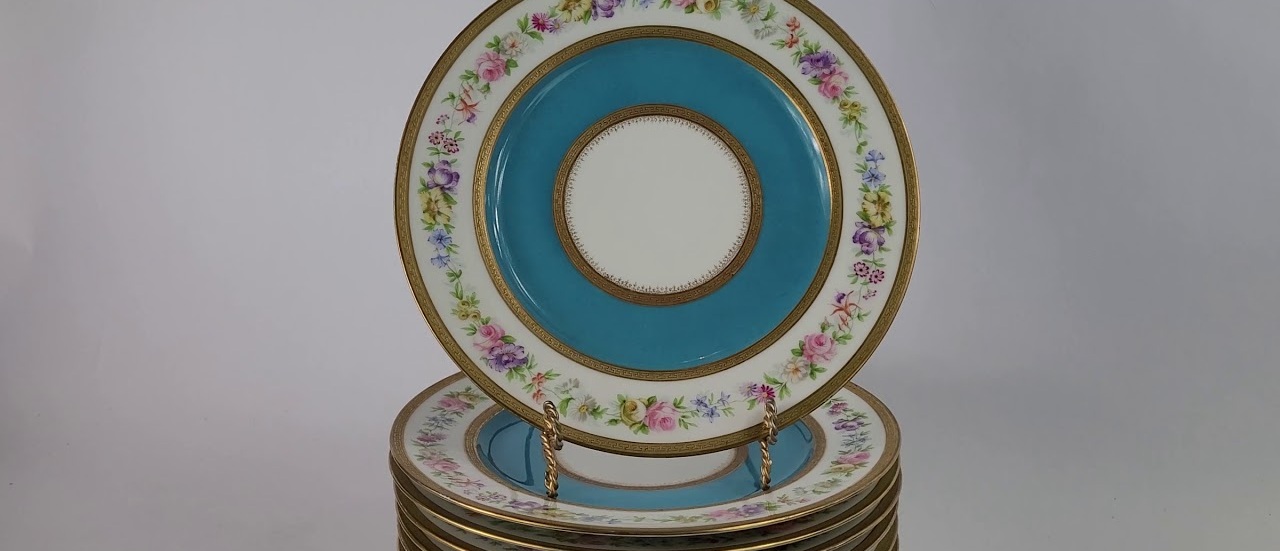

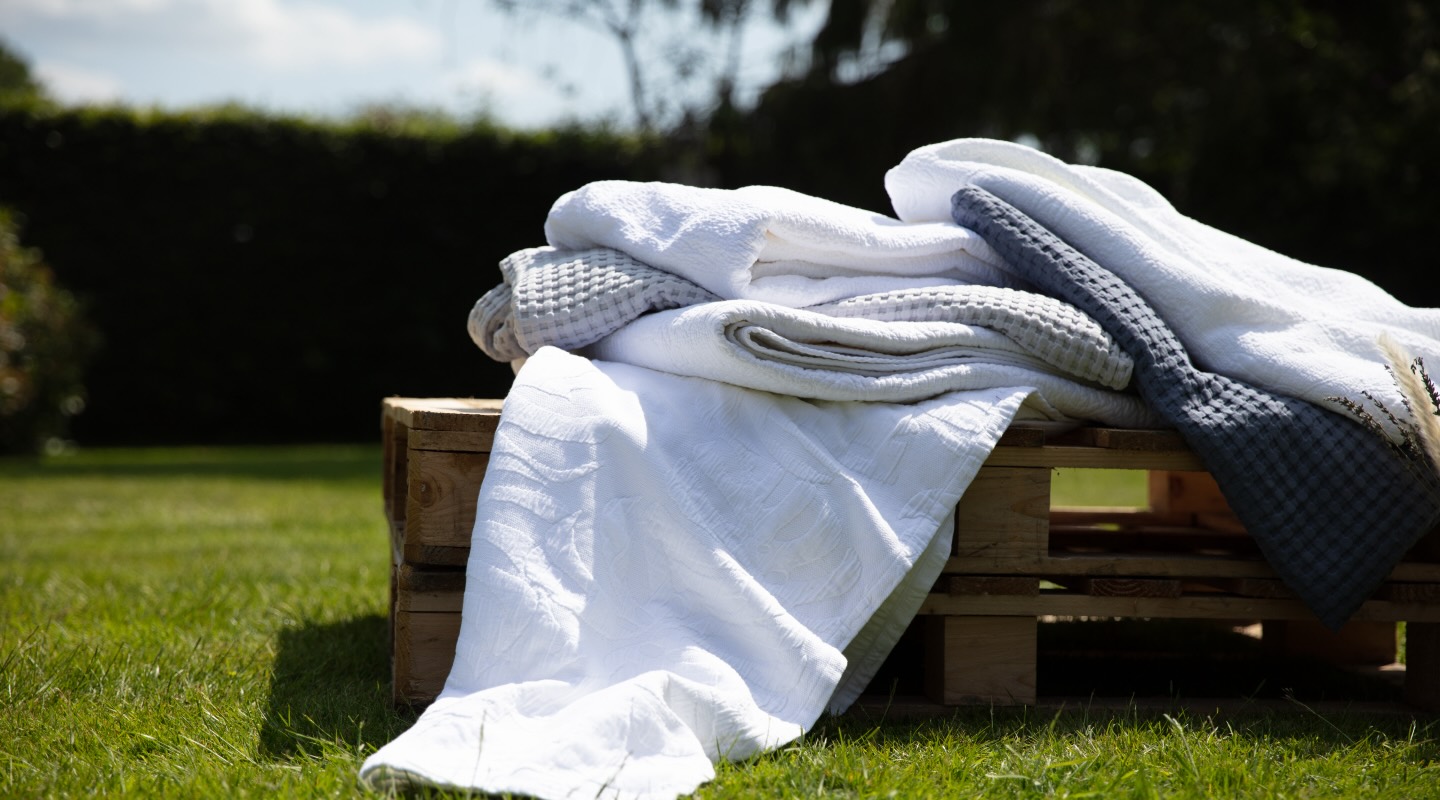
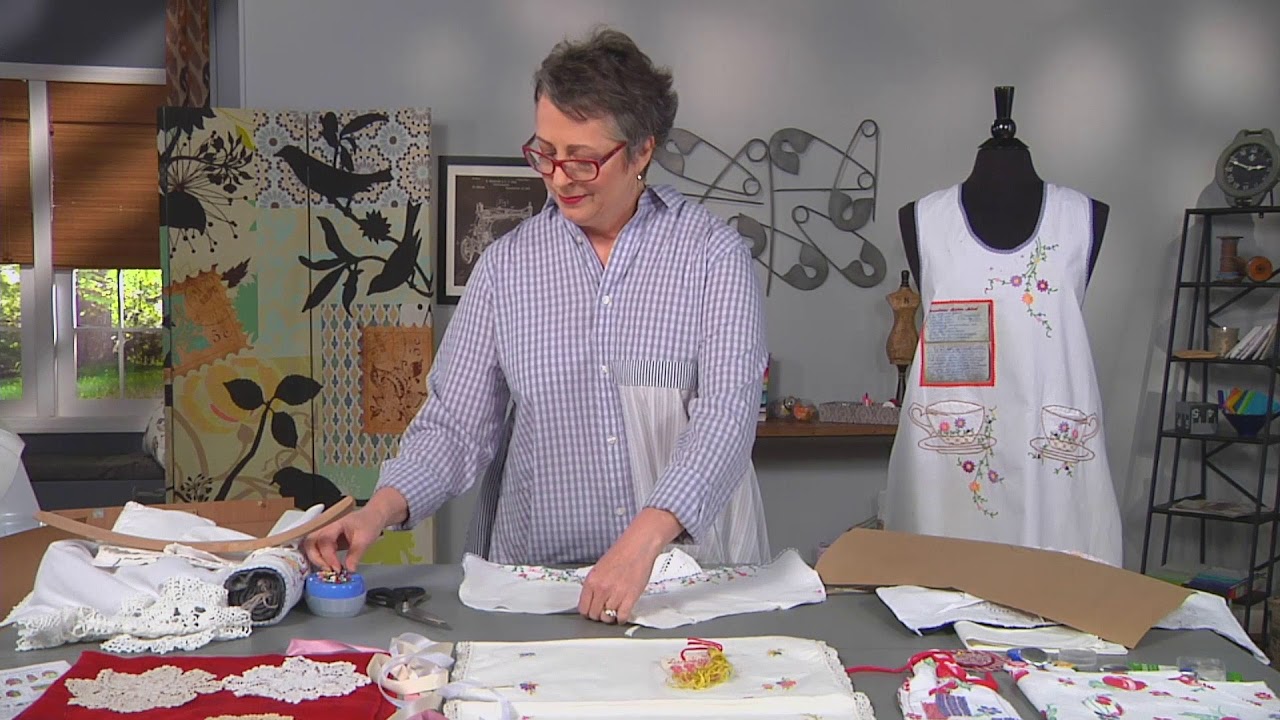


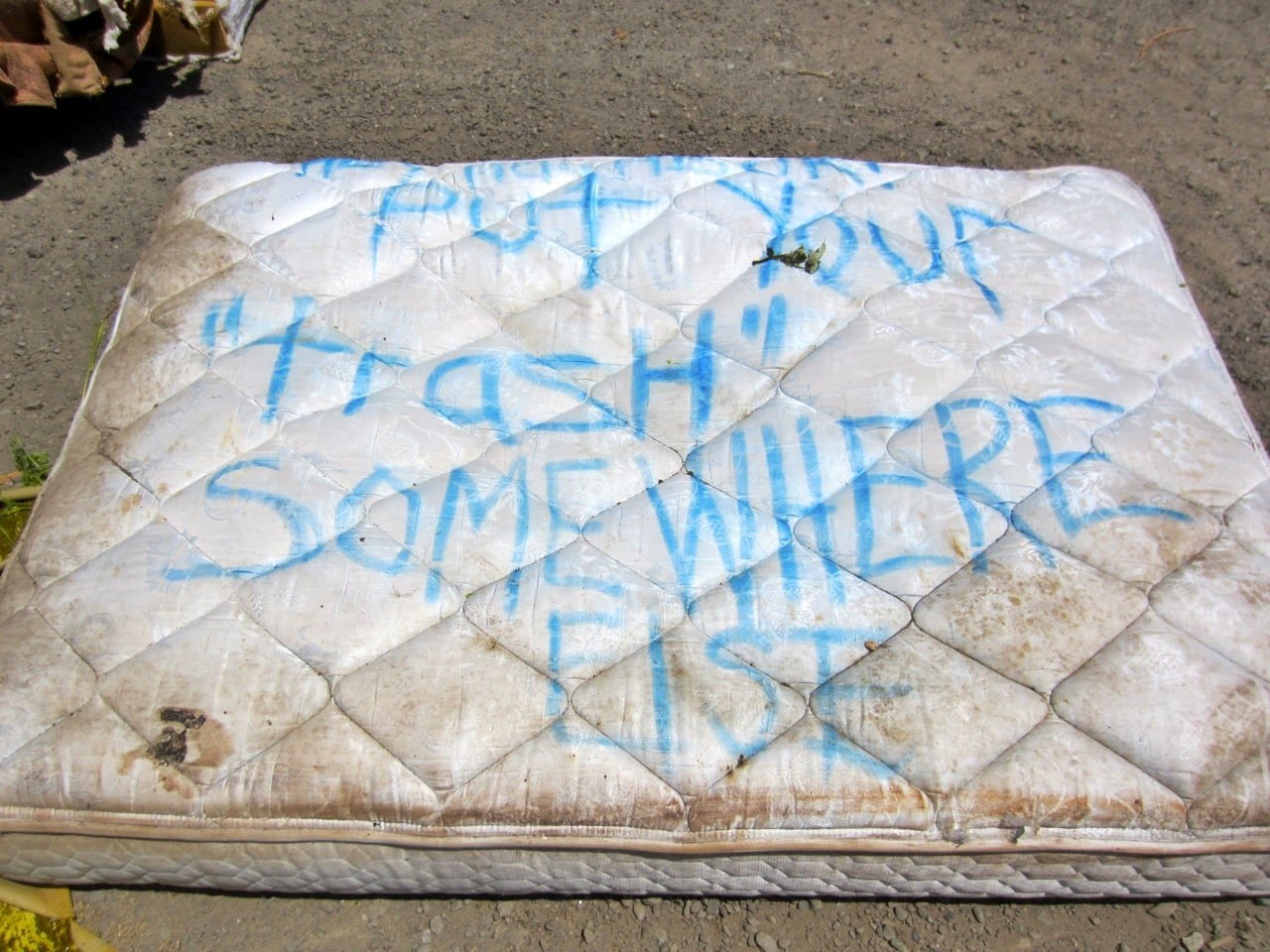

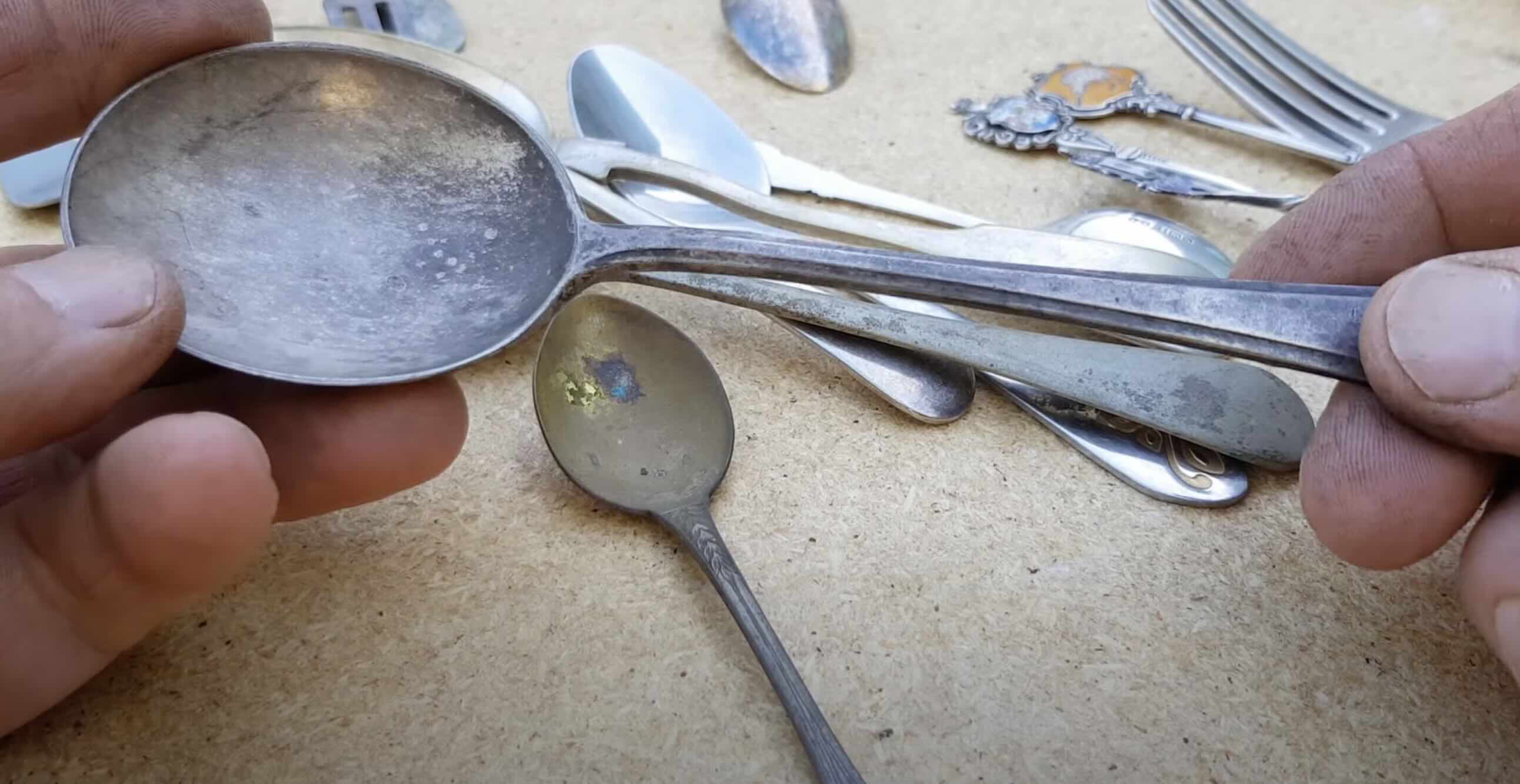
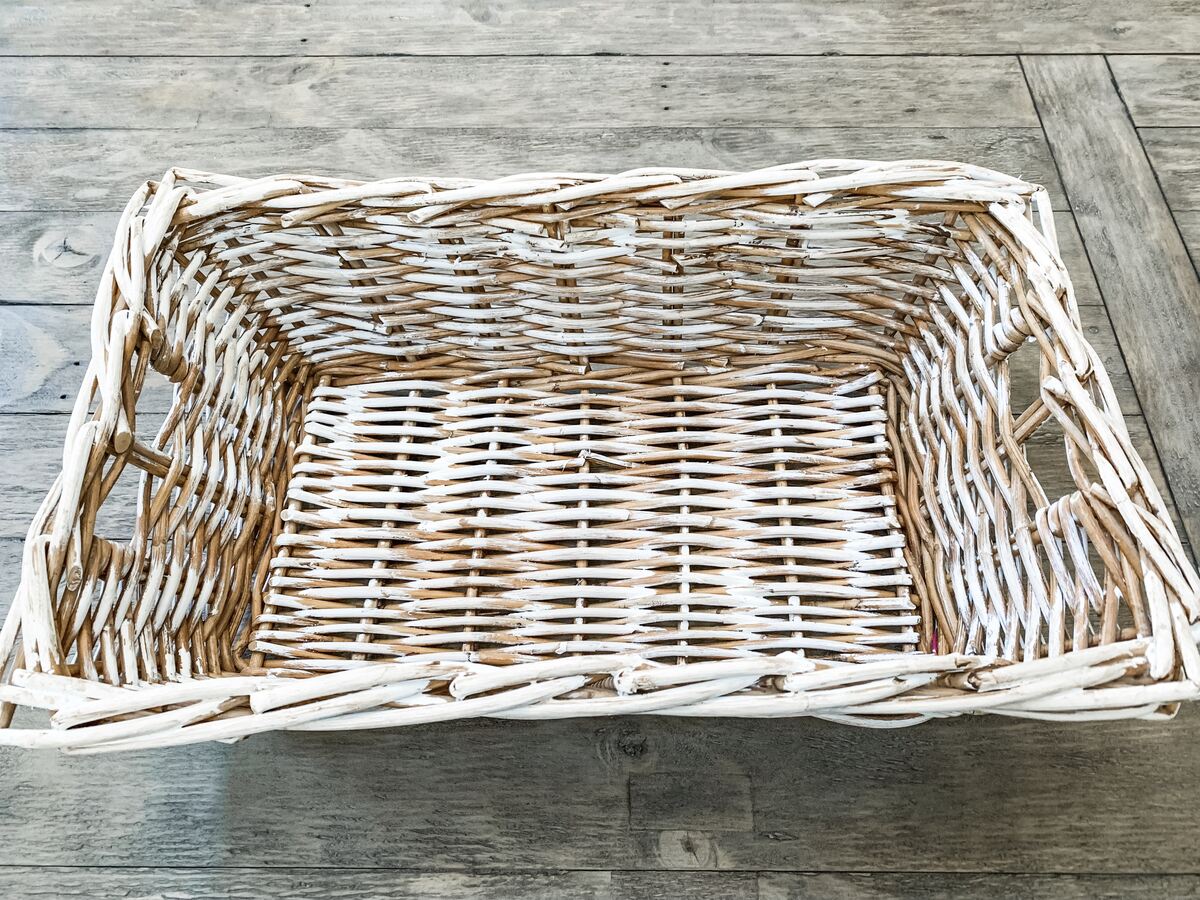

0 thoughts on “What To Do With An Old Quilt”